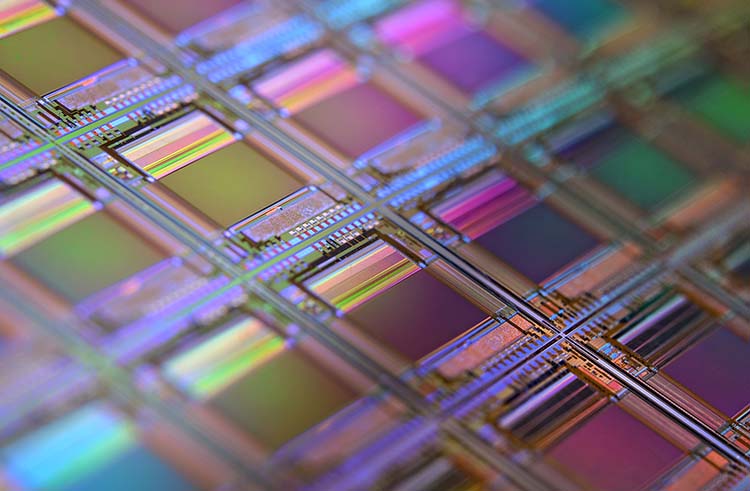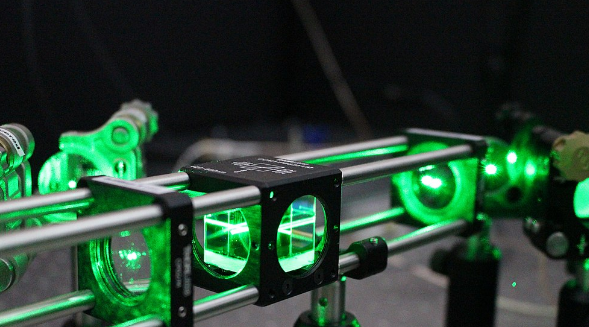생의학 연구에서 전자 및 광학에 이르기까지 다양한 산업에서, 성능을 보장하는 데 정확한 온도 제어가 필수적입니다, 신뢰할 수 있음, 그리고 정확성. 고정밀 마이크로 온도 제어 시스템은 까다로운 응용 분야에서 안정적인 조건을 유지하는 데 핵심입니다.. 이 기사에서, 이러한 고급 시스템의 핵심 기술을 탐색 할 것입니다.
1. 온도 센서: 정확도의 기초
고정밀 온도 제어 시스템의 핵심은 온도를 최대한 정확하게 감지하는 능력입니다.. 고품질 온도 센서-서미스터와 같은, 열전대, 또는 반도체 센서 - 제어 시스템에 지속적인 피드백을 제공하는 전기 신호로 온도를 전달합니다.. 이 피드백은 중요한 응용 분야에 필요한 정확한 온도를 유지하는 데 필수적입니다..
2. 제어 알고리즘: 안정성과 정밀도 보장
제어 알고리즘은 온도 제어 시스템의 뇌입니다.. 센서에서 데이터를 처리하고 제어 신호를 생성하여 시스템의 출력을 조정합니다.. 정확한 온도 조절, 알고리즘은 매우 정확해야합니다, 반응, 그리고 안정. 일반적으로 사용되는 제어 알고리즘에는 포함됩니다:
- PID 제어: 비례-integral-indivative Control은 연속 온도 조절에 널리 사용됩니다.
- 퍼지 로직 제어: 복잡한 취급에 이상적입니다, 비선형 시스템.
- 모델 예측 제어 (MPC): 개선 된 제어 정확도를 위해 예측 조정이 필요한 응용 프로그램에 사용.
3. 액추에이터: 원하는 온도를 유지합니다
목표 온도를 달성합니다, 펠티에 요소와 같은 액추에이터, 히터, 또는 쿨러, 제어 알고리즘의 신호에 따라 시스템 온도 조정. 액추에이터의 선택 및 보정은 정밀도에 중요합니다.. 효율적인 액추에이터는 빠른 응답 시간과 에너지 절약을 가능하게합니다, 시스템이 필요한 온도 매개 변수를 충족하는지 확인하십시오.
4. 시스템 통합 및 최적화: 신뢰성 보장
고정밀 온도 제어 시스템에는 구성 요소를 신중하게 통합해야합니다, 센서 포함, 제어 알고리즘, 그리고 액추에이터. 최적화 작업에는 포함됩니다:
- 하드웨어 디자인: 호환성과 견고성 보장.
- 센서 교정: 높은 수준의 정확도를 달성합니다.
- 제어 알고리즘 튜닝: 성능과 안정성을 최대화합니다.
- 신뢰성 테스트: 다양한 조건에서 장기 성능 확인.
추가적으로, 에너지 효율, 컴팩트함, 비용 효율성은 시스템 설계에서 주요 고려 사항입니다, 솔루션이 효과적이고 경제적인지 확인합니다.
고정밀 미세 온도 제어 시스템의 응용
이 시스템은 산업 전반에 걸쳐 혁신적인 응용 프로그램을 가지고 있습니다, 성능 향상을 가능하게하고 기술 혁신을 가능하게합니다.
생물 의학 연구: 정확한 온도 제어는 세포와 관련된 실험에 중요합니다, 단백질, 및 기타 생물학적 샘플, 세포 행동 및 생화학 적 반응에 대한 정확한 연구 가능.

마이크로일렉트로닉스: 반도체 제조에서, 안정적인 온도 제어는 통합 회로 및 기타 중요한 전자 구성 요소의 신뢰성과 수명을 보장합니다..

광학 및 포토닉스: 고정밀 온도 조절은 광학 시스템 및 레이저 기술에 필수적입니다., 민감한 응용 분야에서 일관된 성능과 정확성을 보장합니다.

Coolingstyle 소형 압축기의 응용: 정밀하게 혁신을 주도합니다
고정밀 마이크로 온도 제어 시스템은 많은 분야에서 필수 불가결합니다., 과학 연구에서 산업 제조에 이르기까지. 정확한 센서를 통합하여, 고급 제어 알고리즘, 신뢰할 수있는 액추에이터, 이 시스템은 정확하게 제공됩니다, 안정적인 온도 조절. 기술이 계속 발전함에 따라, 미세한 온도 제어의 발전은 다양한 산업 전반에 걸친 연구 및 개발 가능성을 약속합니다..
쿨링스타일에서, 우리는 사용자 정의를 제공하는 것을 전문으로합니다, 고성능 온도 제어 솔루션. 최첨단 제품으로 다음 프로젝트의 정밀성과 효율성을 향상시킬 수 있도록 도와 드리겠습니다..





